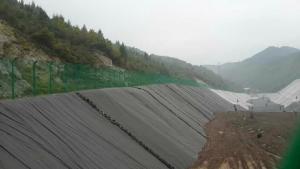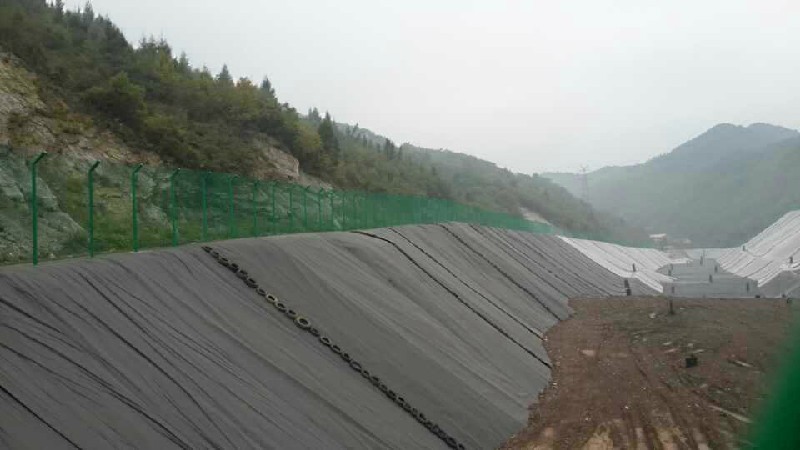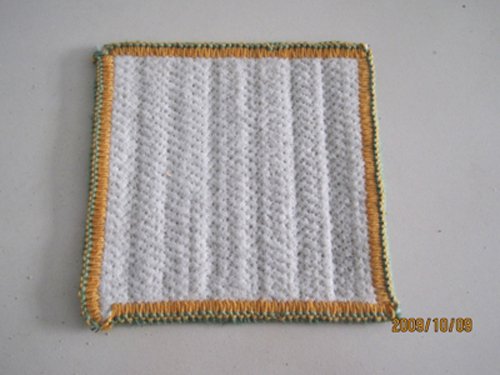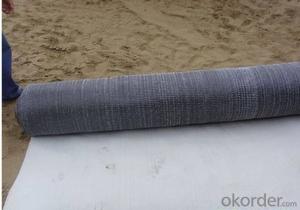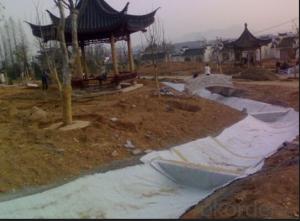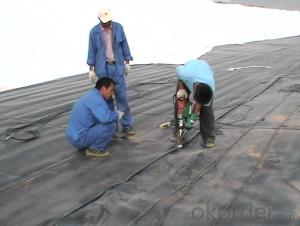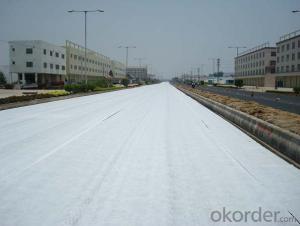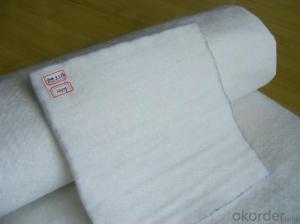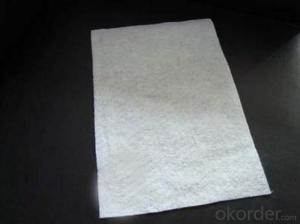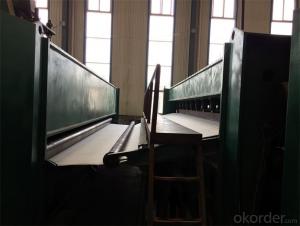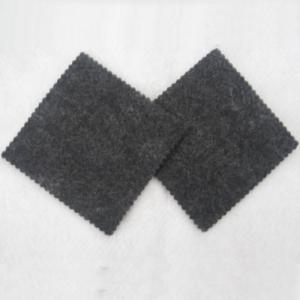Geotextile Tds Geosynthetic Clay Layer for River Bank and Landfill Projects
- Loading Port:
- Tianjin
- Payment Terms:
- TT OR LC
- Min Order Qty:
- -
- Supply Capability:
- 5000rolls m²/month
OKorder Service Pledge
OKorder Financial Service
You Might Also Like
Geosynthetic Clay Layer for River bank and landfill projects
Made from two layers geotextile with natural sodium in the centre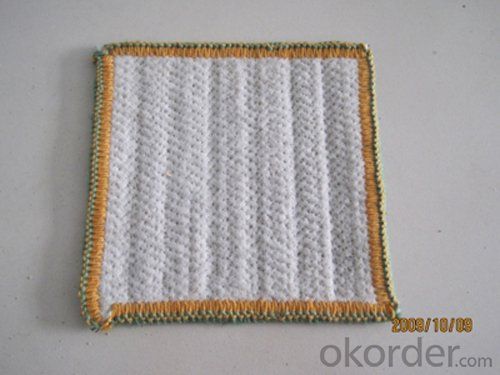
Specification of Geosynthetic Clay Layer for River bank and landfill projects:
I. GCL-NP; GCL-OF; GCL-AH
2. Unit weight: >4000G/M2
3.4m - 6m in roll width
Property of Geosynthetic Clay Layer for River bank and landfill projects:
I. Swell when meet water
2. Long time waterproofing and friendly to environment
3. Separation, reinforcement, protection, filtration and easy for construction
Application of Geosynthetic Clay Layer for River bank and landfill projects
:
I. Municipal project, subway, underground and roof waterproofing
2. Landfill, waste water treatment, industrial waste
3. Waterproofing and reinforcement in water conservancy, riveC lake and dam
4. Artificial lake, golf course and fish pond
5. Petrifaction and mineral waterproofing
Production Standards of Geosynthetic Clay Layer for River bank and landfill projects:
JC/T193-2006
- Q: Geotextile how to sample
- It is best in the middle of a piece of cloth cut 1 square meters on the line
- Q: How do geotextiles affect soil compaction?
- Geotextiles can help reduce soil compaction by providing a barrier between the soil and external forces. They distribute the load evenly, preventing the soil particles from being compressed too much. This allows the soil to maintain its natural structure and porosity, resulting in improved drainage and increased resistance to compaction.
- Q: How do geotextiles affect visual aesthetics?
- Geotextiles can have both positive and negative effects on visual aesthetics. On one hand, they can enhance the visual appeal by providing a clean and uniform appearance, especially when used in landscaping or erosion control. On the other hand, geotextiles can sometimes be visible and disrupt the natural beauty of a landscape, particularly when used in areas where they are not well integrated or when they deteriorate over time. Therefore, the visual impact of geotextiles depends on their proper installation, maintenance, and suitability for the specific application.
- Q: Are geotextiles resistant to UV radiation?
- Yes, geotextiles are generally resistant to UV radiation.
- Q: Do you need to cover the geotextile?
- Do not need, bathroom waterproof can choose a professional kitchen and toilet waterproof paste, or K11 waterproof slurry, water and electricity transformation, as long as the direct brushing on the base surface can be done until the waterproof layer can do 48 to 72 hours Of the closed water experiment, no problems can be posted after the brick.
- Q: Welding of impervious geotextile
- 1. Seam processing is the key to the construction process, the general use of heat welding method, PE film surface heat treatment, so that the surface melting, and then through the pressure, so that one fusion. 2. For the laying of a good geomembrane, edge seams require no oil, water, dust and so on. 3. Before welding to adjust the seam at the two sides of the PE single film, so that a certain width of the lap, lap width is generally 6 ~ 8 cm and smooth, no wrinkles. 4. Use special welding machine for welding. Welding construction effect map:
- Q: Related applications, product applications, industrial structure and distribution
- The geotextile is defined as geotextiles or geosynthetics that exist between soils and pipelines, gages, or retaining walls, that enhance water movement and impede soil movement. ASTM 4439 standard geotextile is defined as: a purely permeable geosynthetics to form textiles. It is used in soil, rock, soil, or other geotechnical engineering materials and acts as a component of a human-made project. It is a permeable geosynthetics made of synthetic fibers by needling or weaving. Finished cloth for the cloth, the general width of 4-6 meters, the length of 50-100 meters. Geotextile is divided into a woven geotextile and non-woven geotextile. Geotextile has excellent filtration, isolation, reinforcement protection, high tensile strength, good permeability, high temperature, anti-freeze, anti-aging, corrosion resistance. I also check in the road cloth, just to find, you should be a peer to share with you
- Q: What are the materials used in geotextile production?
- The materials used in geotextile production can vary, but common materials include synthetic fibers such as polypropylene, polyester, and polyethylene. Natural fibers like jute and coir may also be used.
- Q: Can geotextiles be used in temporary erosion control applications?
- Yes, geotextiles can be used in temporary erosion control applications. Geotextiles are commonly used for erosion control as they can stabilize soil and prevent erosion by providing a barrier against water flow while allowing for proper drainage. They are durable, flexible, and can be easily installed and removed, making them suitable for temporary erosion control measures.
- Q: Composite waterproof board, is the waterproof board and geotextile stick together call it?
- Yes. Now there are mainly adhesive technology, thermal composite process, Laminating process.
Send your message to us
Geotextile Tds Geosynthetic Clay Layer for River Bank and Landfill Projects
- Loading Port:
- Tianjin
- Payment Terms:
- TT OR LC
- Min Order Qty:
- -
- Supply Capability:
- 5000rolls m²/month
OKorder Service Pledge
OKorder Financial Service
Similar products
Hot products
Hot Searches
Related keywords
